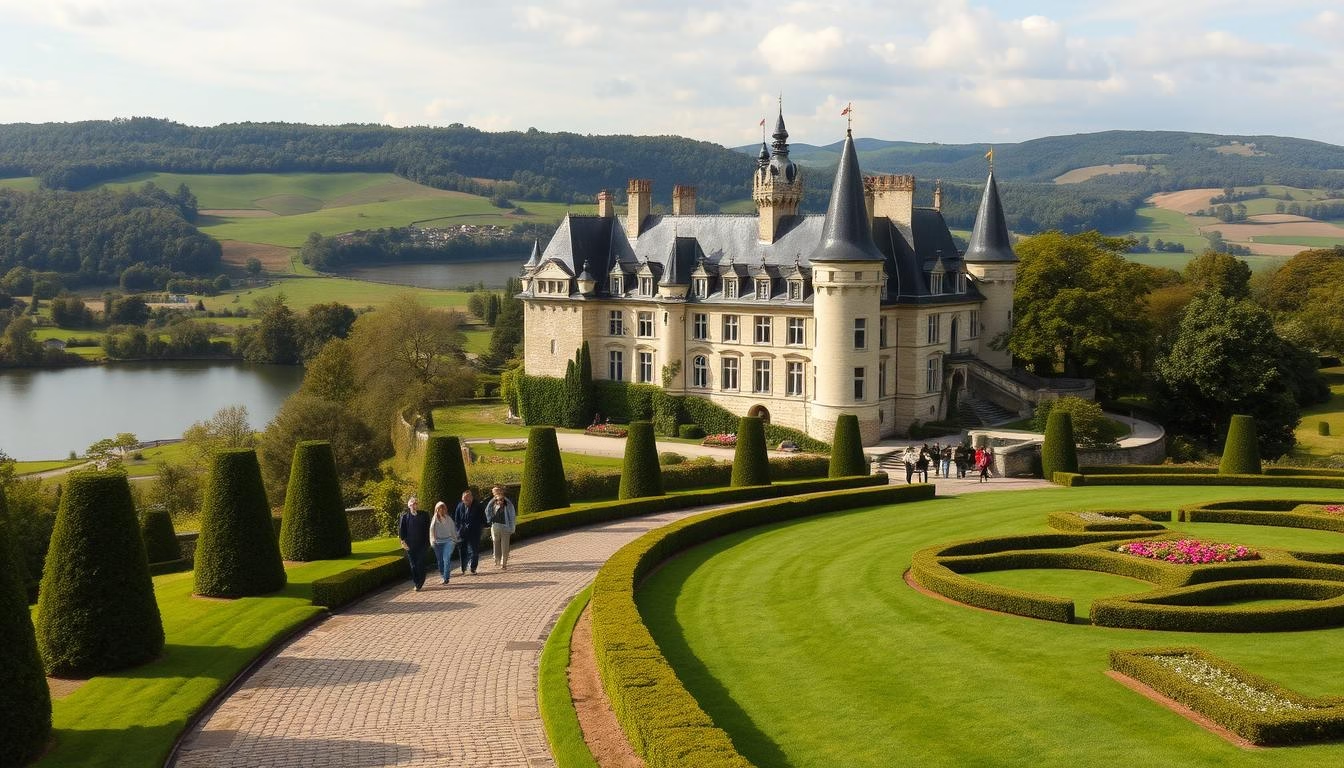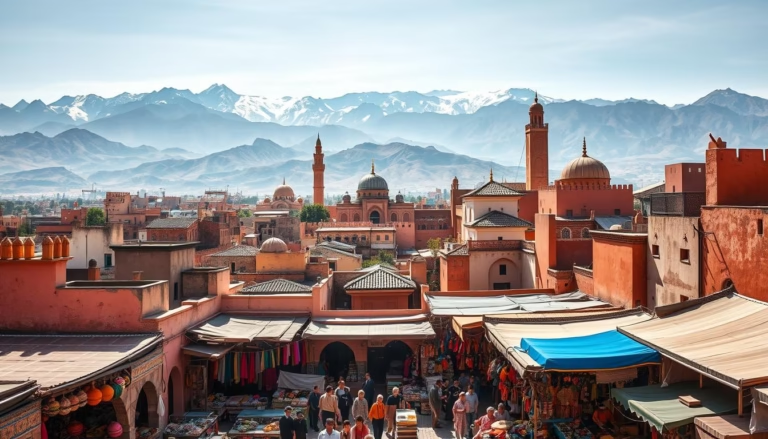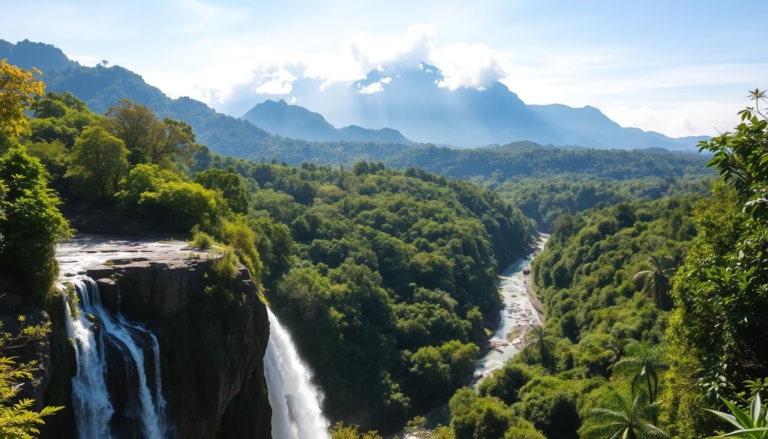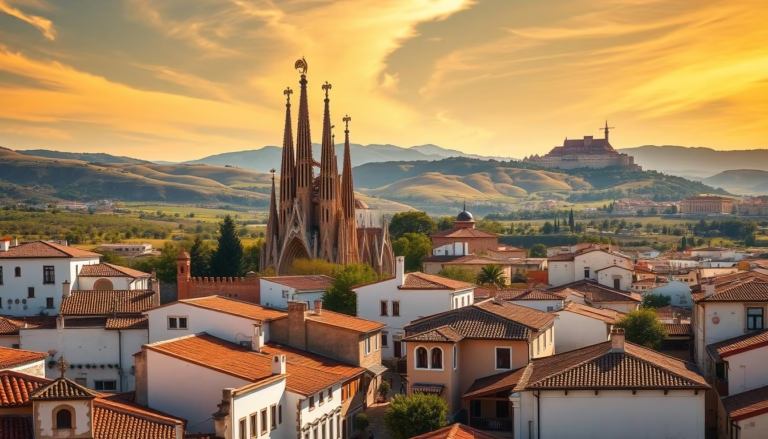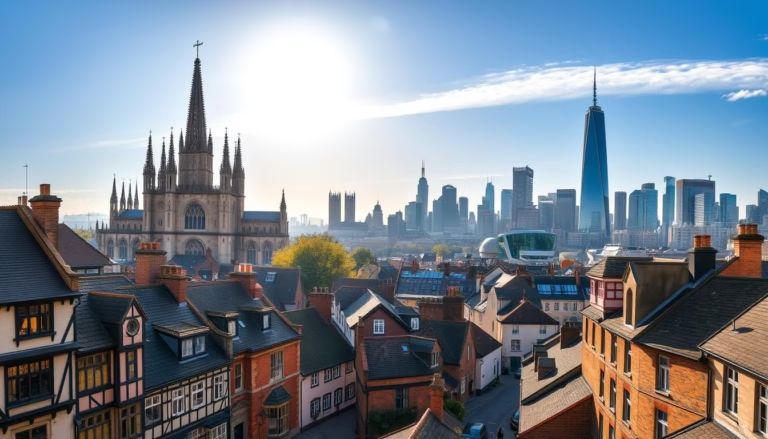Visit the Most Iconic Chateaus in France: A Traveler’s Guide
France’s landscape is dotted with architectural treasures that span centuries of history. From rugged medieval fortresses to elegant Renaissance palaces, these structures tell vivid stories of power, art, and cultural evolution. With over 45,000 preserved sites, travelers can explore more castles than there are towns across the country.
Many people picture stone towers and drawbridges when thinking of French estates, but the term château encompasses much more. Grand palaces, refined manor homes, and even world-renowned vineyards fall under this category. This diversity means every visit offers fresh perspectives on France’s layered past.
Modern visitors enjoy varied experiences at these historic properties. Guided tours reveal opulent royal chambers, while sprawling gardens invite leisurely strolls. Some estates even host wine tastings, blending history with contemporary pleasures.
Key Takeaways
- France has over 45,000 castles and estates, offering endless exploration opportunities
- Architectural styles range from defensive medieval structures to lavish Renaissance designs
- Many properties provide immersive historical experiences through preserved interiors and artifacts
- Visitors can choose between formal tours, self-guided walks, and specialty activities like wine tasting
- Understanding the different types of châteaux helps travelers select sites matching their interests
Chateaus in France: A Comprehensive Overview
The term château unlocks a rich tapestry of noble heritage and architectural innovation. Unlike English castles focused on defense, these structures blended practicality with artistic expression. Many served as countryside headquarters where lords governed territories and hosted lavish gatherings.
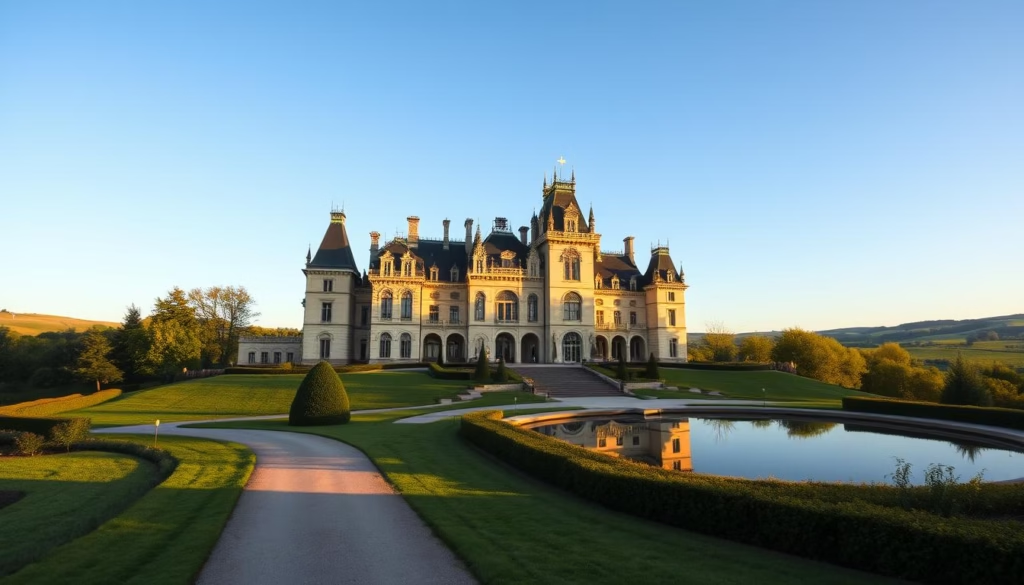
Understanding the French Château Concept
Originally meaning “power house,” these estates symbolized royal authority through their design. Thick walls in medieval versions gave way to ornate windows during the Renaissance. Families used them to showcase wealth while managing local affairs for the crown.
You’ll find three main types. Fortified castle-châteaux protected regions during conflicts. Palace-châteaux emphasized luxury with grand ballrooms and sculpted gardens. Manor-style versions acted as country homes for aristocracy.
Differences Between Castles, Palaces, and Chateaus
Castles prioritized military features like moats and arrow slits. Palaces were urban showpieces for royalty. A château could combine elements of both while serving as a family’s permanent residence.
Court life flourished in reception halls where nobles entertained guests. Private chambers reveal personal stories through preserved furnishings. This mix of public and private spaces helps visitors grasp aristocratic lifestyles across eras.
Historical Significance and Architectural Styles
The story of French architecture unfolds through its grand estates, each stone whispering tales of bygone eras. These structures didn’t just house nobility—they shaped politics, art, and daily life across generations.
From Fortresses to Elegant Palaces
Roman villas laid the groundwork for early château design. By the 3rd century AD, open courtyards gained protective walls as regional conflicts grew. What began as countryside retreats became self-contained communities. Lords managed farms, workshops, and defenses within these fortified compounds.
Medieval versions prioritized survival over splendor. Thick stone walls guarded against invaders, while towers offered strategic views. Yet even then, artisans carved intricate details into fireplaces and doorframes—hints of the elegance to come.
Evolution Through the Centuries
Renaissance architects reshaped these strongholds into palaces of pleasure. Italian-inspired symmetry replaced uneven battlements. Grand staircases and glass-paned windows turned defensive structures into light-filled showpieces. The 16th century saw rival nobles commissioning ever-more lavish residences.
By the 1700s, sprawling gardens became as important as the buildings themselves. Visitors today can spot medieval bones beneath ornate facades—like original towers now framing manicured courtyards. This blend of old and new captures Europe’s journey from fractured kingdoms to a culture obsessed with beauty.
Regional Highlights and Must-Visit Chateaus
Beyond Paris’ bustling streets lie landscapes where stone masterpieces rise from misty riverbanks and vineyard-clad hills. Each region tells its own chapter of France’s aristocratic legacy through architectural marvels.
Loire Valley: The Heart of French Elegance
Nicknamed the Valley of Kings, this fertile region cradles over 300 châteaux along its gentle river. Royalty transformed these waterside estates into Renaissance showpieces after the Hundred Years’ War. Château de Chenonceau arches gracefully over the Cher River, while Chambord’s sprawling grounds showcase royal hunting traditions.
Spring brings magic to formal gardens like Villandry’s geometric herb plots. Many properties host wine tastings, blending oenology with history. “The Loire isn’t just a river—it’s liquid architecture reflecting our cultural soul,” notes a local historian.
Exploring Hidden Gems Across French Regions
Venture beyond the Loire to discover cliffside fortresses and wine-country estates. Nouvelle-Aquitaine’s Château de Beynac perches dramatically above the Dordogne Valley. In Grand Est, the seven-towered Sedan Castle reveals medieval military ingenuity.
For those seeking top château destinations, Auvergne-Rhône-Alpes offers Murol Castle’s volcanic stone walls. Each region’s geology and history shaped unique designs—compare Normandy’s half-timbered manors to Provence’s sunbaked bastides.
Practical Tips for Touring French Chateaus
Exploring France’s grand estates requires smart strategies to balance discovery with relaxation. The Loire Valley alone offers over 300 properties, making thoughtful planning essential. Start by grouping visits geographically—three key sites can fill a day without rushing.
Planning Your Itinerary and Tours
Focus on quality over quantity. Chenonceau dazzles with its arched bridge spanning the Cher River—arrive early to photograph its reflection in calm waters. Chambord‘s vast forest park demands afternoon exploration, while Cheverny‘s family-owned rooms shine in morning light.
Transportation choices shape your experience. Self-drivers gain flexibility for spontaneous stops at vineyards, while guided tours offer historical insights. “Visitors often miss how these palaces mirror their surroundings,” notes a local guide. “The river isn’t just scenery—it’s part of each château’s story.”
Navigating Local Culture and Etiquette
Respect property rules—many gardens forbid picnicking, and some rooms restrict photography. Learn basic French greetings; a simple “Bonjour, madame” builds rapport with staff. At family-owned estates like Cheverny, avoid intruding on private residence areas.
Dress comfortably for cobblestone paths and bring water for sun-drenched courtyards. Most sites provide multilingual maps, but downloading audio guides beforehand ensures deeper understanding during peak hours.
Conclusion
France’s grand estates serve as living portals through time, blending stone walls with vibrant regional culture. While marveling at a castle’s turrets or Renaissance style, leave room to savor local wines and farm-fresh cheeses. The Loire Valley’s vineyards pair perfectly with its architectural wonders, creating a full sensory experience.
Walking through halls where royal court dramas unfolded offers more than history lessons—it reveals how power and art shaped a nation. From medieval strongholds to manicured 18th-century gardens, each property tells distinct stories. Many castles now host tastings or concerts, proving these landmarks evolve with the times.
Today, travelers can choose between iconic sites and hidden gems across every region. Balance palace tours with leisurely bike rides through sunflower fields or riverside picnics. This mix of old-world grandeur and living traditions keeps France’s heritage endlessly captivating.
Pack curiosity alongside comfortable shoes. Whether admiring tapestries or chatting with winemakers, you’ll discover why these estates remain Europe’s ultimate time machines.
